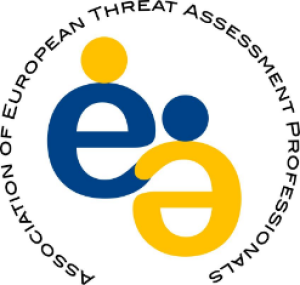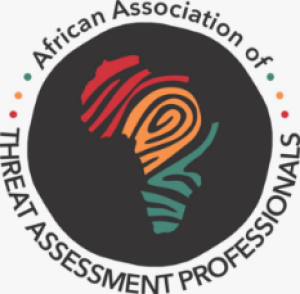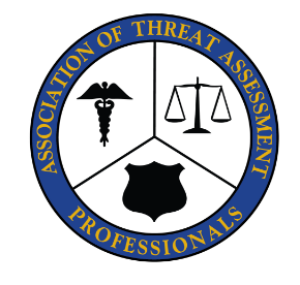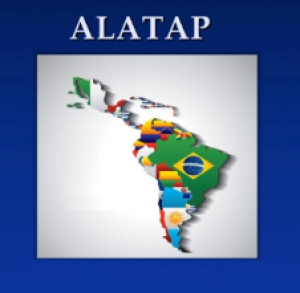 |
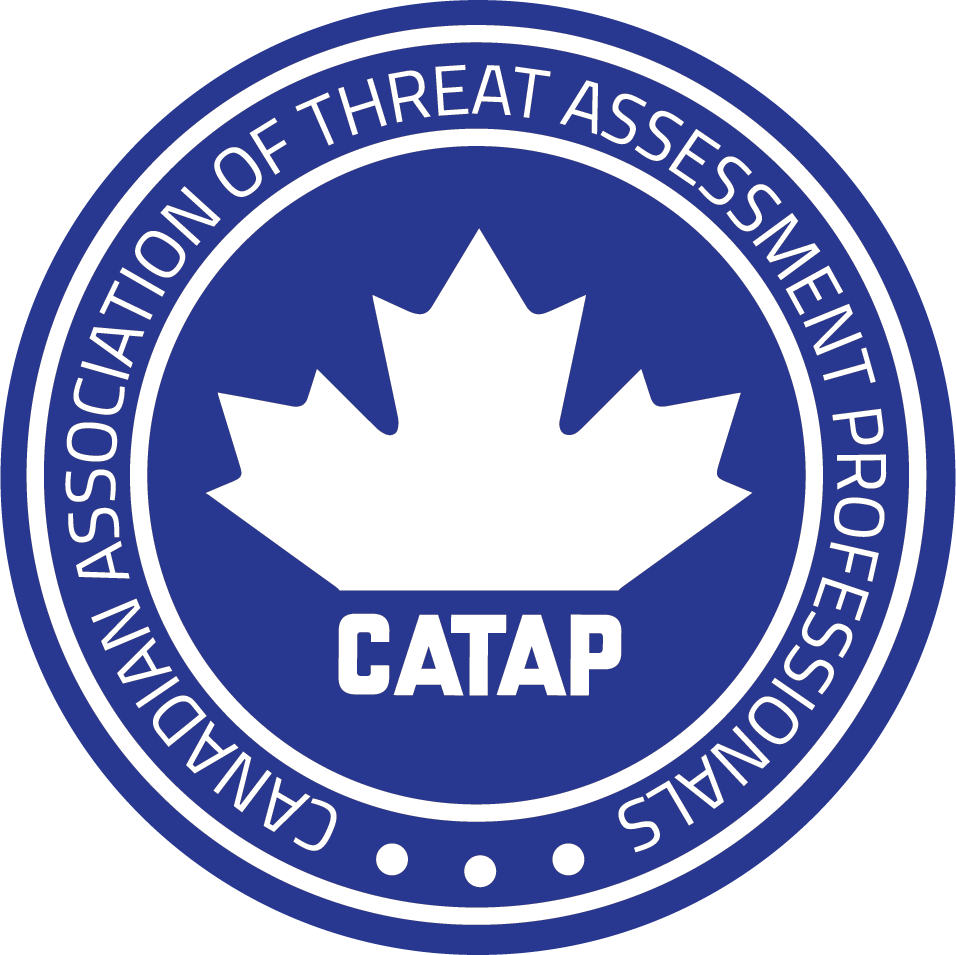
Canadian Association of Threat Assessment ProfessionalsThreat Assessment Resources & Education for Professionals and the Public |
Our OrganizationCATAP provides law enforcement personnel, criminal justice system officials, mental health professionals, educators, school and campus safety, corporate security, government officials and other stakeholders with valuable information for the prevention of violence in its many forms. To access member only information, please APPLY to join CATAP. |
 APPLY TODAY APPLY TODAY |
EventsTo see member pricing for events, log in now. |
|
More Info
26 October 2025 ANNUAL WORKSHOP & CONFERENCE Annual Conference October 26-30, 2025, Whistler, BC
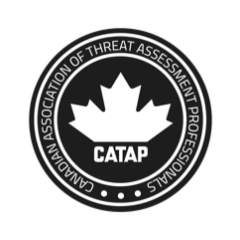
|




